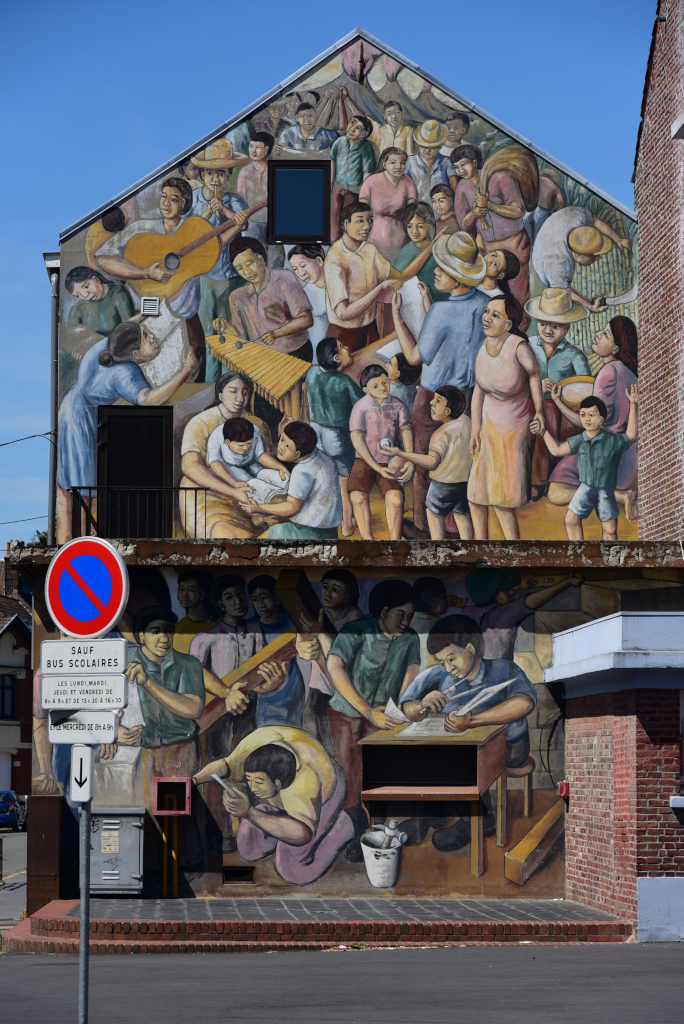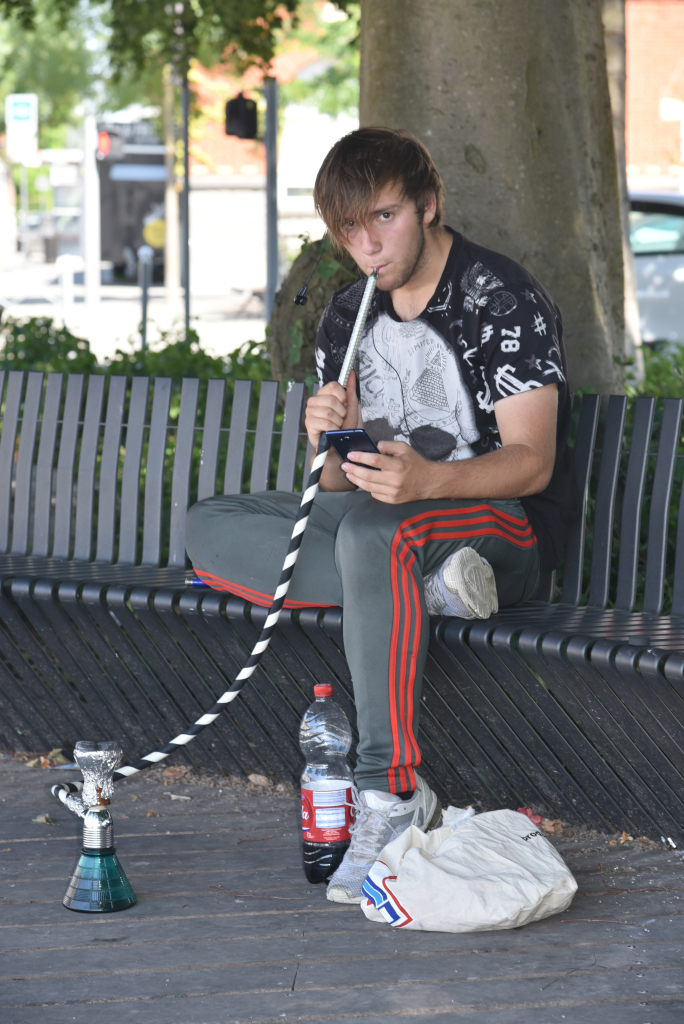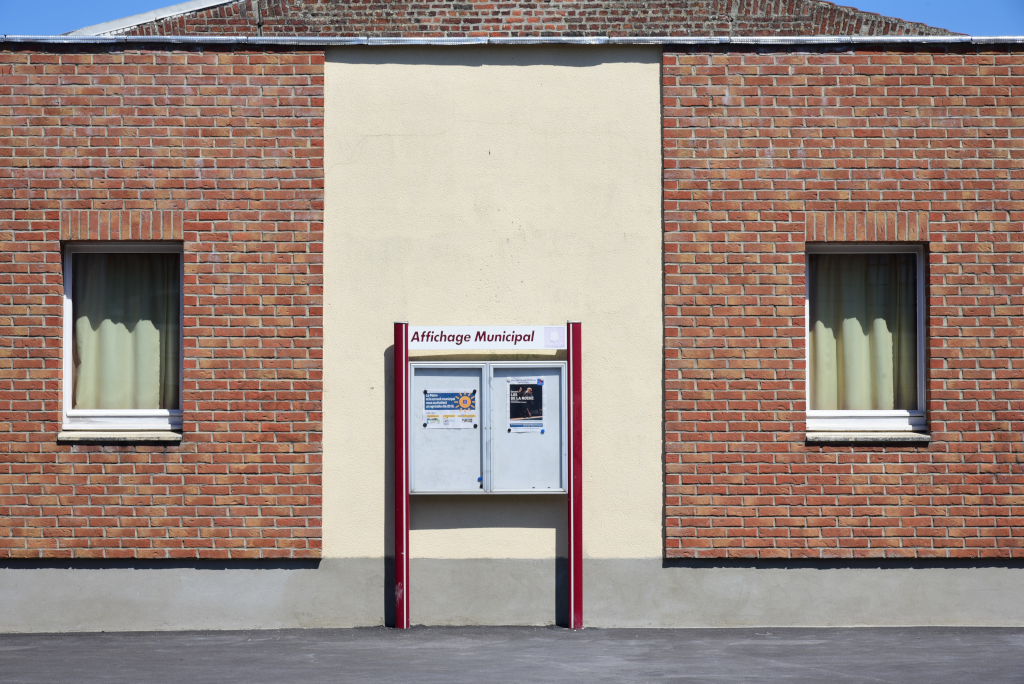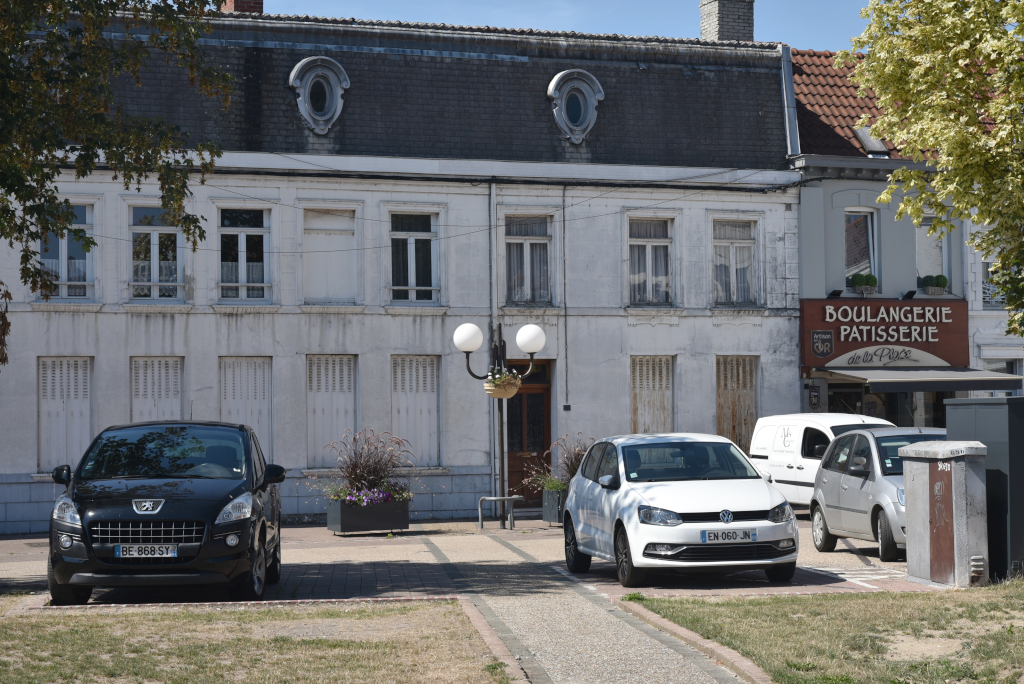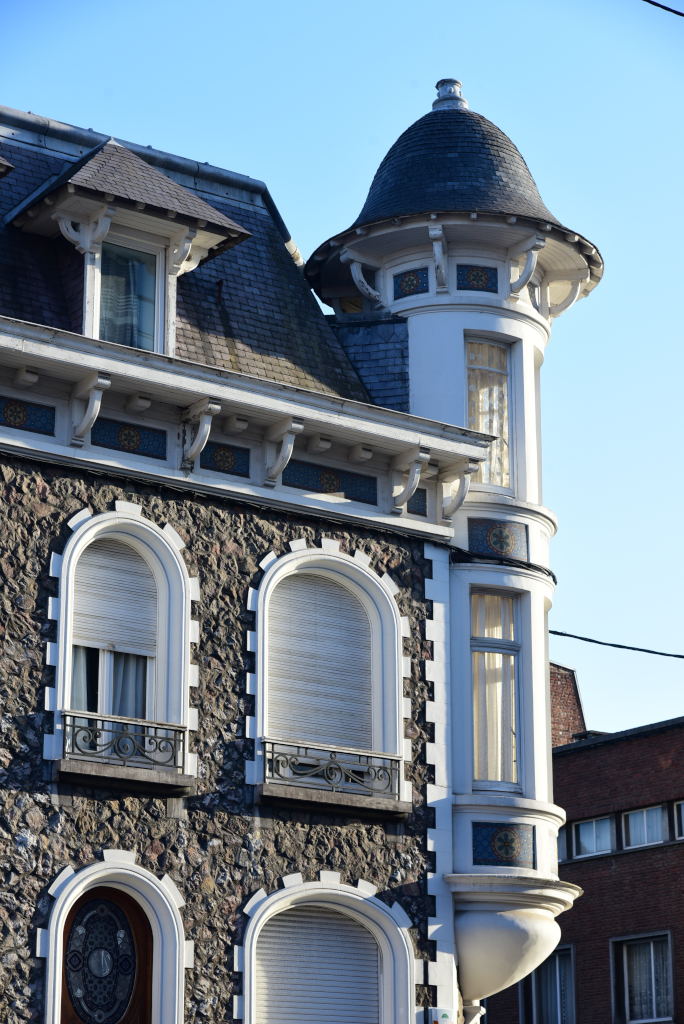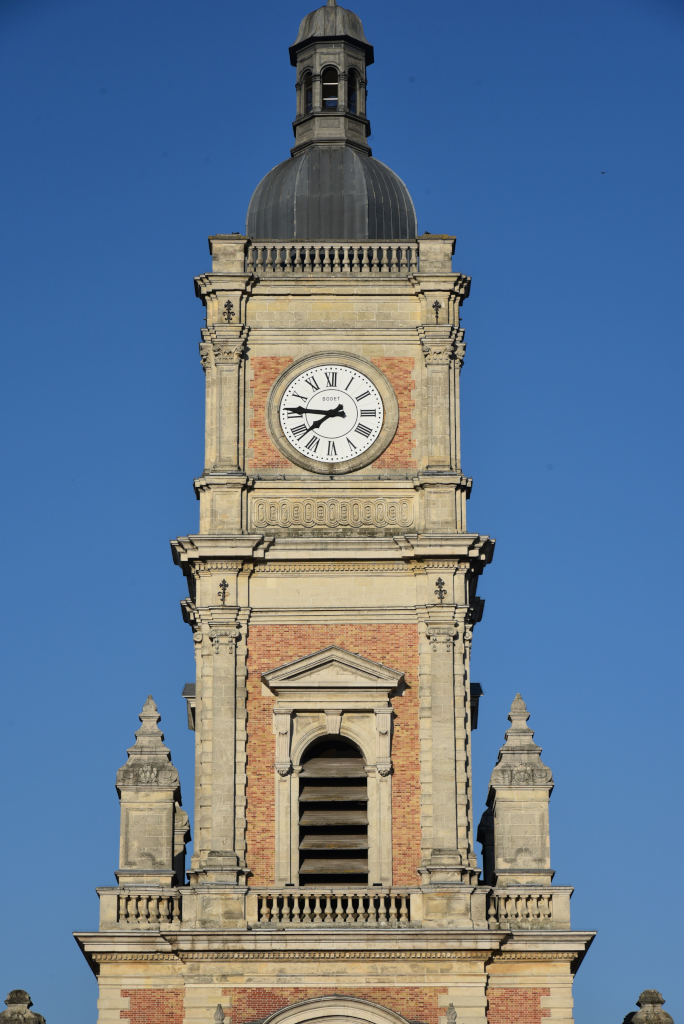August 6, 2018
Straggling along the main boulevards of Lille to the southern outskirts, I stop for an obligatory coffee in a somewhat degraded suburb drenched in red brick architecture and modest charms prior to navigating the meandering tendrils of urbanization that radiate southward from the city.
Seclin is a small but charming burgh located on the outskirts of Lille, modest in its presence but rich in history. It was already inhabited in prehistoric times, then became a Gallo-Roman vicus, and developed around the collegiate Saint-Piat, erected in memory of the Christian martyr St. Piat in the Middle Ages. In 1246, Countess Margaret of Flanders founded the Notre-Dame Hospital in Seclin, run by a community of Augustinians. In the sixteenth century, the seigniory of Seclin was sold by the canons of the collegiate to Guislain de Haynin, the first representative of the dynasty of the lords of Breucq.
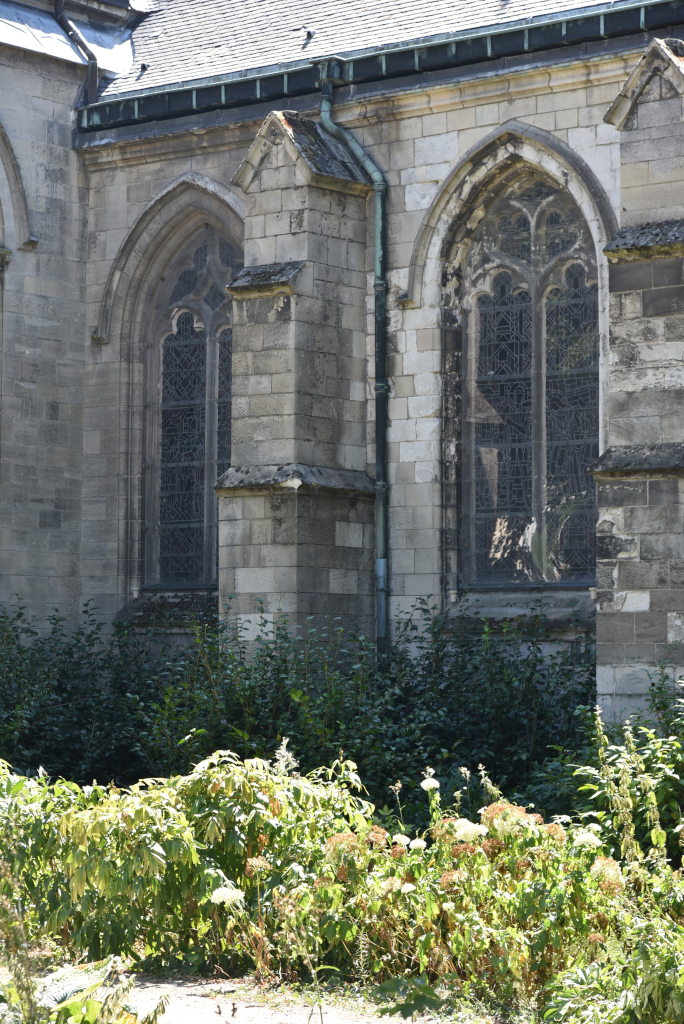
\
SeclinIn the nineteenth century, spinning mills, tanneries, breweries and other distilleries contributed to the industrial and commercial development of the town. The father of the famous doctor Gachet (who cared for Van Gogh), Louis Eugène Gachet erected an industrial spinning mill in the 1820s in the des Boulets castle. Seclin also was known for its employers’ support of its workers, and several mills (Guillemaud, Drieux, Duriez) adopted nursing rooms at the end of the nineteenth century.
Carvin, a modest settlement situated amidst the unassuming agricultural landscape further to the the south of Lille also dates back to Neolithic times. In more recent history, Carvin became one of the four quarters of the Châtellenie de Lille. At the time of Louis XIV, the castellany became part of France.
Arguably the ugly duckling of post-industrial degradation in northern France, Lens is nonetheless a treasure trove of minor charms, including its rich array of Art Deco architecture as well the Lens Louvre, a miniature version of the Paris institution.
(Narrative excerpted from Wikipedia)






